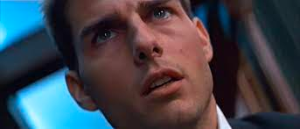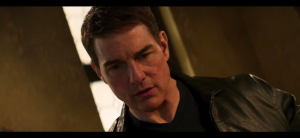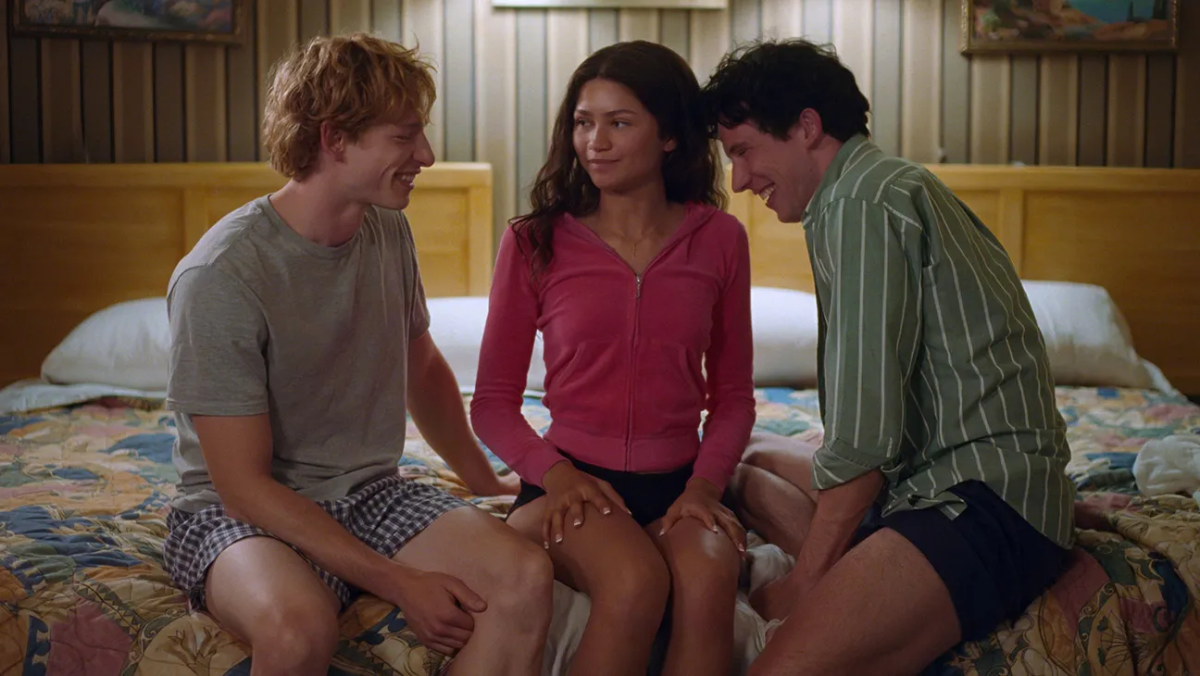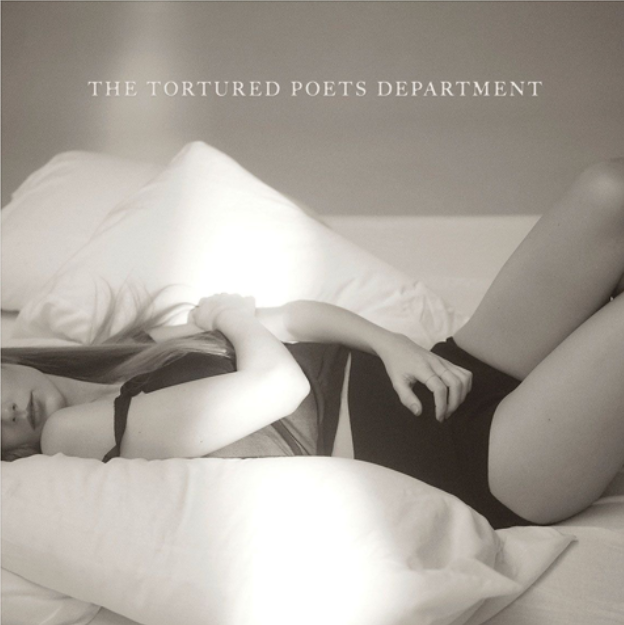The “Mission: Impossible” (“M:I”) brand has gone through many iterations since its recognition as a film franchise with the 1996 reboot directed by Brian De Palma. The original trilogy ranged wildly in tone as it changed director each entry. After the five year break following the phenomenal and criminally underrated “Mission: Impossible III,” Brad Bird’s “Mission: Impossible – Ghost Protocol” found a new niche in the remarkable excitability brought about by Tom Cruise’s real life stunt work on the outside of the Burj Khalifa. In an age of digital and computer-generated effects, this level of risk excited audiences and encouraged the franchise to lean into Tom Cruise’s borderline psychotic commitment as it found its forever director in Christopher McQuarrie.The next two movies saw Tom Cruise hang off a plane, break breath-holding records and do a real-life HALO jump. The franchise used the commitment of Cruise, the sharp direction of McQuarrie and the curiosity of the public to create the most consistently enticing and engaging trip to the movies over the course of the 2010’s, and one of the all time great action franchises.
The latest addition to the franchise, “Mission: Impossible – Dead Reckoning,” continues in the spirit of the franchise but dons a new mask, finding a completely new tone and energy to channel its creativity. A redoubled commitment to creating a sense of paranoid tension alongside a newfound commitment to farce finds the franchise looking back at the history books of Hollywood to understand what direction the industry is headed. The movie takes inspiration from the waggish slapstick of the Golden Age of Hollywood and the tense and standoffish distrust of atomic and Cold War era thrillers. This new inspiration results in a film that is not merely epic or nostalgic, but one that loves where it came from and is anxious about where it’s headed in the rapidly changing world of Artificial Intelligence and streaming.
While the franchise has always had a firm recognition of its own silliness, its premise largely centering on a secret subsect of U.S. Intelligence literally named the “Impossible Mission Force” that frequently wears hyper-realistic masks of their targets’ faces, the franchise is an action-blockbuster machine first and foremost. Even its forays into other genres expressions (the plot-structure of “Mission: Impossible – Rogue Nation” largely mirroring that of a romantic comedy, for example) have always prioritized action-blockbuster elements, apparent in its stunt work, the anxiety of its set pieces, chase scenes and high-wire acts always foregrounded in those instances. With “Dead Reckoning,” the stunts come not just to secure the film’s placement in the action oeuvre, but to complement its more adventurous genre-inspired elements, making it just as much a screwball comedy as an action epic.
The film’s referentiality does not begin immediately with these screwball elements, but instead with a high-tension slow-burn submarine set piece. Amidst the specter of Artificial Intelligence, acting as a beacon of the future already among us, the cinematography and score work together to not just fight the future but to draw parallels between it and the immediate past. The building discordant chords with the slow pushes to dutch angles, particularly when tension gives way to mystery, calls to mind the bold style of the Mission: Impossible of De Palma, which focused more on channeling that Cold War thriller-style tension than embodying explosive grandeur. The fear of artificial intelligence (A.I). and the future very much comes to mirror the fear of the invisible, internal other, creating a thematic and visual nostalgia. This anchor to the past comes increasingly to the fore once Hunt and company take the screen.


An airport set piece is the first mission of the film, and is the first real movement towards the action and stunts audiences expect. Just under 30 minutes in, and immediately following the opening credits, this scene is ushered in the same way many come to be: with the quips and quarrels expected from a cast that includes the goofiness of Simon Pegg and the voice of Ving Rhames as they establish their mission as a rogue one. This is standard fare for a “M:I” movie, but once Shea Whigham confusedly gropes a stranger’s face and Tom Cruise plays magician with Hayley Atwell it becomes clear that the comedic has a deeper hold here than in the likes of “Fallout” and “Rogue Nation.” In fact, just as much as the tension and the dutch angles of the expository scenes give nod to the original M:I film, so too does the sleight-of-hand teasing.
The whimsy of the set pieces continue throughout, largely enabled by their frequent cat-and-mouse premises. As Ethan and company embark on their journey to obtain their macguffin (a key to control a “truth eating” A.I), which is also being pursued by another party, they themselves are also being pursued by the US government (Shea Whigham). This leads to incredibly convoluted three-way standoffs at every turn, from the extended chase in the streets of Rome, that has just as much reversing as it does gunning it full-throttle, to the train that the climax calls its home. The impossibly confusing chases with several teams at play lends itself well to exasperating moments of bewilderment and as a complement to the anxiety underlying these chases. It’s border-line looney toons physical comedy, pinnacled by Tom Cruise and Hayley Atwell embarking on a chase in a yellow Fiat while handcuffed together, adds depth to the choreographed action and to the tension that undergirds it all.
In essence, this plot that turns a mechanization of fate against the “living manifestation of destiny” that is Ethan Hunt, uses these homages and motifs to answer its central question: is a new age upon us? Amidst an embittered battle between theaters and streamers, directors and studios, writers and AI, one of Hollywood’s most impassioned representatives, Tom Cruise, decides to chime in with this testament to human creativity and passion. Just as Hunt will continue to fight against the forces that threatens those he loves, so to will Cruise continue to remind us that, try as they might, CG and A.I will never be able to replicate the beauty of Buster Keaton knocking a log off a train track, or Jackie Chan swinging on the outside of a moving bus. For every cinematic universe that distracts audiences from this fact, Tom Cruise will drive a motorbike off of a mountain to remind audiences that they deserve better.


![The Teskey Brothers [Crew] gather together for a curtain call in front of a raucous St. Louis crowd after a two-song encore. (Photo courtesy of Vertrell Yates / @trellseyephotography)](https://unewsonline.com/wp-content/uploads/2024/05/Screenshot-2024-05-21-232057.png)




